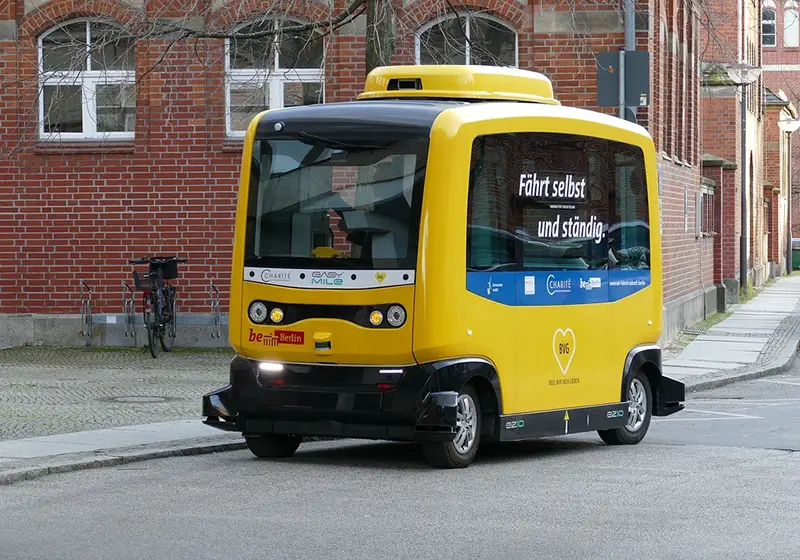Click here to get this post in PDF

Wouldn’t it be a thrill if you could spend your morning commute to work relaxing and reading the news instead of navigating hectic roadways? A lot of consumers seem to think so, and companies are listening. Thus, the concept of autonomous vehicles (a.k.a. self-driving cars) has transformed from an improbable wish to an imminent reality. You will soon see these autonomous cars driving passengers with no physical involvement from their side, and we have the full scoop on this amazing technology.
How do autonomous vehicles work?
The first thing to understand is that these vehicles can have different levels of autonomy. The first level (according to the Society of Motor Manufacturers and Traders) involves assisting features provided to drivers, such as an automatic crash detection & braking system that activates without the driver. Many high-end car models released nowadays already have such features, and this level is hardly awe-inspiring.
It is much more interesting to consider Level 5 of autonomy, which is what most people imagine for self-driving cars. This level involves the car performing all driving functions itself, without the active involvement of any passenger. This type of vehicle works by analyzing the car surroundings with various sensors (cameras, radar, GPS, proximity sensors, etc.) and steering it safely considering these external conditions. Steering and decision-making are handled by an onboard computer and special software which typically uses machine learning technology.
When will these cars be available?
In a way, they already are. The best-known example we can bring up is the Tesla Autopilot feature, which can be installed in certain models of the brand for an additional fee. This feature involves the car handling the driving process from point A to B while the driver keeps their hands on the wheel. As for fully self-driving automobiles, they are still being tested, with many companies taking an interest.
Besides Tesla, companies like Google, Apple, Uber, BMW, Ford, and a handful of other automakers have invested in projects of this type. With the current state of the market, we should definitely see fully autonomous vehicles become available in this decade, while more limited options will pop up over the next few years.
Are these cars even legal?
This is an instance where technology races far ahead of legislation. Though some countries and states have enacted legislation and rules that apply to AVs, their legality worldwide remains rather mixed and murky. Of the current laws in action, most still hold drivers responsible for their vehicles on the road, with the vehicles’ independent conduct excluded from the conversation.
In some territories, the vehicles are outright banned until they can be properly studied and sensible guidelines created. When functional AV models for the general public become available, we will probably see lots of progress in the passing of relevant legislation.
What are the benefits of these vehicles?
Apart from the obvious benefit of convenience, autonomous cars are also very efficient in their operation. They maintain optimal driving speed in different conditions, lowering fuel consumption and making the road a safer place. They are also a perfect solution for people who are disabled or physically impaired, providing a modicum of independence.
You may also like:
The Essential Link Between 5G Technology and Autonomous Cars
Article by Dan Kihato
Image source: Pixabay.com
